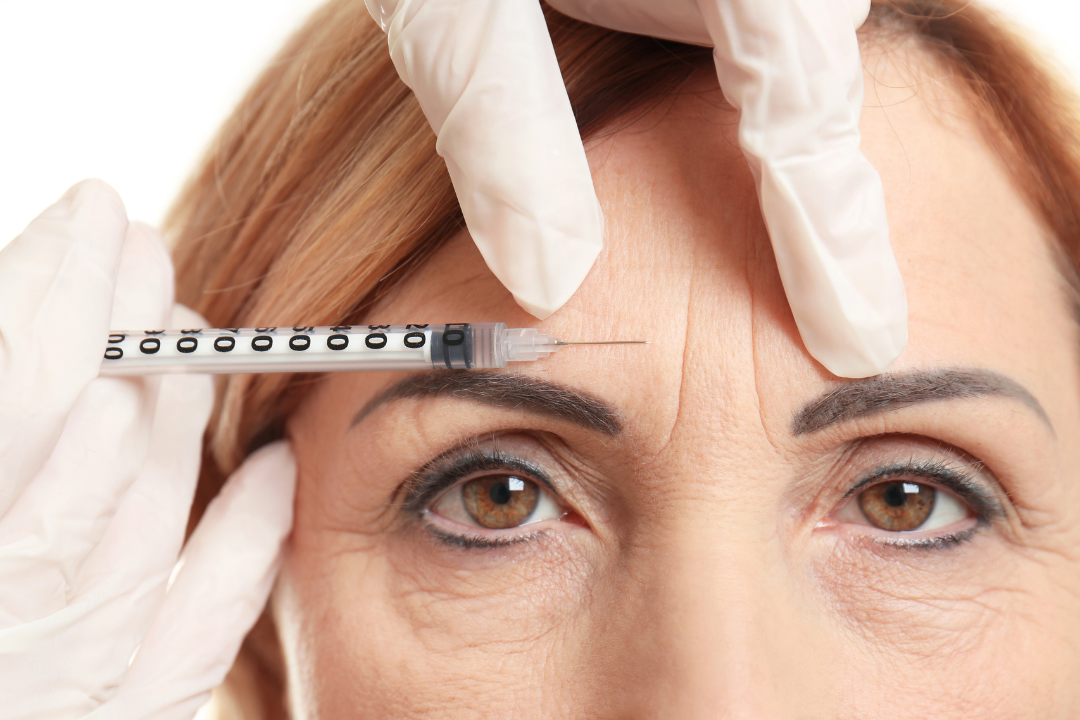Botox, the shining star of aesthetic procedures, has acquired a household name for making deep wrinkles and fine lines a thing of the past. But how does Botox work? The science behind such a procedure may show just what makes it a preferred option for those aiming to look young.
What is Botox?
Botox is the short form for Botulinum toxin, a neurotoxic protein made by the bacterium Clostridium botulinum. Despite its name, derived from the toxin family, Botox means minimal doses of controlled toxin, which is safe not only cosmetically but also therapeutically. Although its cosmetic value is most popular, Botox is also used in treating several medical conditions, including chronic migraines, excessive sweating (hyperhidrosis), and muscular spasms.
The Mechanism Behind Botox
The principal mechanism of Botox activity is the blocking of nerve signals going to the muscles. Muscles that receive signals passed on by nerve cells, using a neurotransmitter such as acetylcholine, contract. Once it enters the targeted muscles, Botox prevents the release of acetylcholine, thus stopping further contraction of the muscles. The overlying skin, therefore, relaxes and smooths, taking out lines and wrinkles.
The Procedure
Administering Botox is a relatively quick and easy process done in a clinic or office by a certified professional. The steps involved are:
1. Consultation: A detailed consultation would be offered to understand the concerns and wishes of the patient. The practitioner looks at the to-be-treated areas and shows the procedure.
2. Pre-treatment: Cleansing of the skin and the application of a topical anaesthetic may be performed for greater patient comfort.
3. Injection: The dermatologist will inject in minute quantities using an excellent needle the Botox into the targeted muscles. The number of injections depends on the area treated and the severity of wrinkles.
4. Aftercare: Patients are advised not to rub the treated area and to avoid any stressful activity for a couple of hours after the procedure.
Results and Duration
Botox effects never surface at once. Usually, they become evident in three to five days, while the climax of the treatment shows after about two weeks. The relaxed muscles remain so for three to six months, depending on the individual and area treated. Since the muscle action is gradually retained, the wrinkles and lines may reappear, calling for further treatments to maintain the desired results.
Beyond Beauty: Therapeutic Applications of Botox
While Botox is primarily known for its cosmetic benefits, it has significant medical applications as well. Some of these include:
– Chronic Migraines: Botox is used in the treatment of chronic migraines for patients who are adults. It functions by blocking the release of pain-transmitting chemicals inside the brain.
– Hyperhidrosis: Studies show Botox is significantly effective at the management of over-sweating; It blocks the nerve signals that are responsible for stimulating the sweat glands.
– Muscle Spasms and Stiffness: Botox is applied to cure cervical dystonia (intense spasms of the muscles in the neck) and in arms and legs that occur because of the stiffness and pain of spasticity.
Safety and Adverse Effects
Botox is generally safe with a qualified administrator. However, like any medical intervention, it can have side effects. The usual side effects include bruising, swelling, and mild pain at the injection site. In rare cases, patients experience more severe side effects, including muscle weakness, vision changes, or swallowing problems.
Botox functions by impeding nerve signals to the muscles. The muscle will, therefore, slightly ease up, showing reduced wrinkles. Besides the cosmetic use, it provides a therapeutic advantage in several other medical conditions. When considering Botox, we highly recommend booking in a consultation with one of our professionals to discuss the most suitable treatment for your goals.




